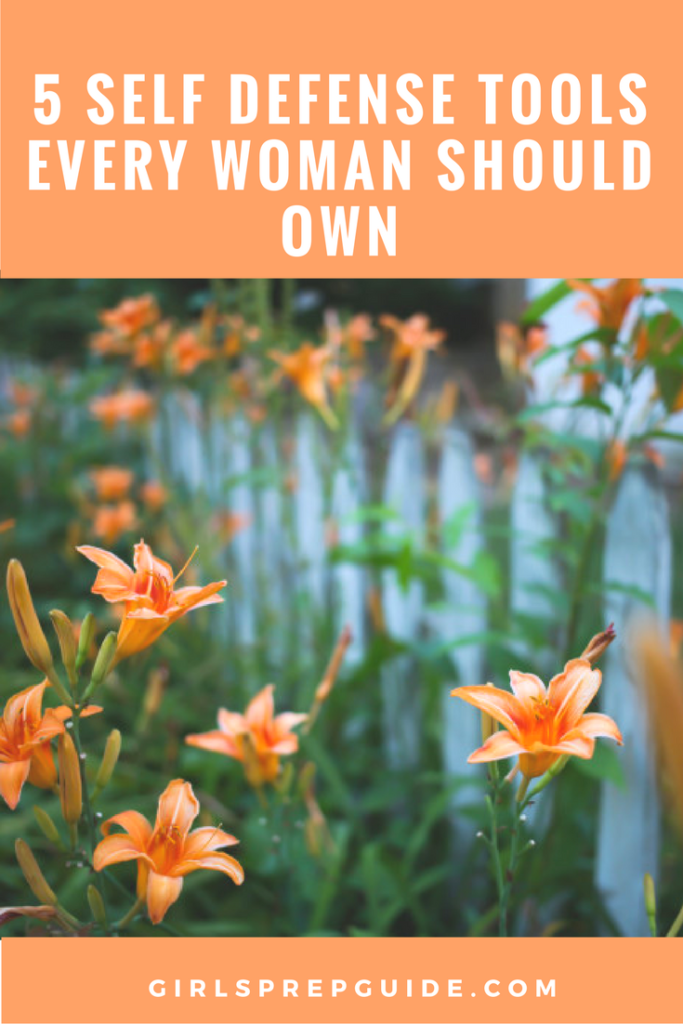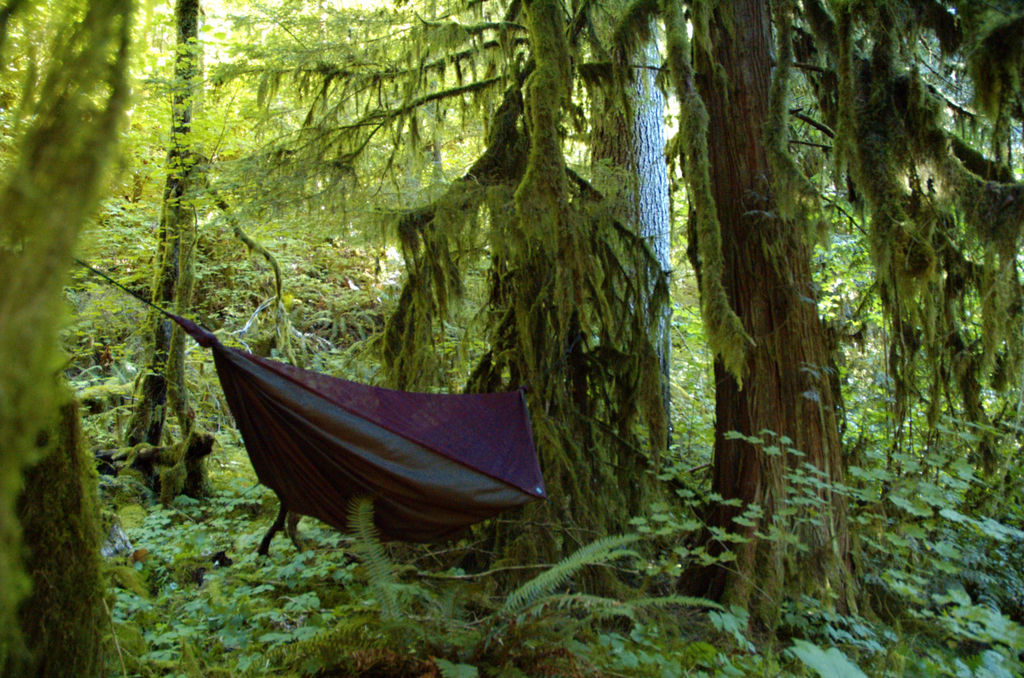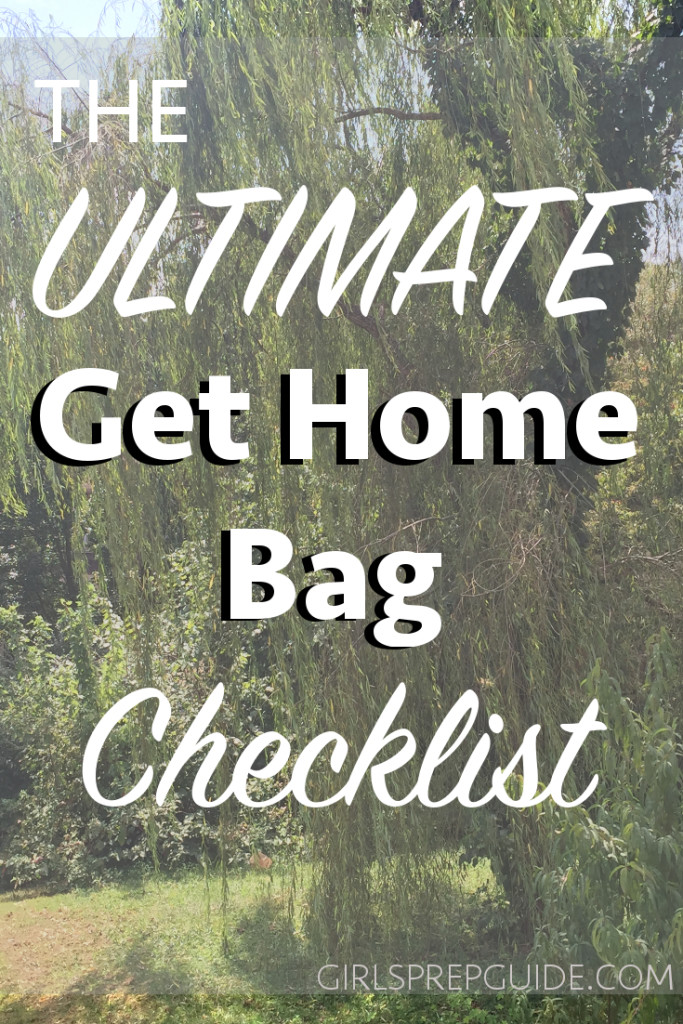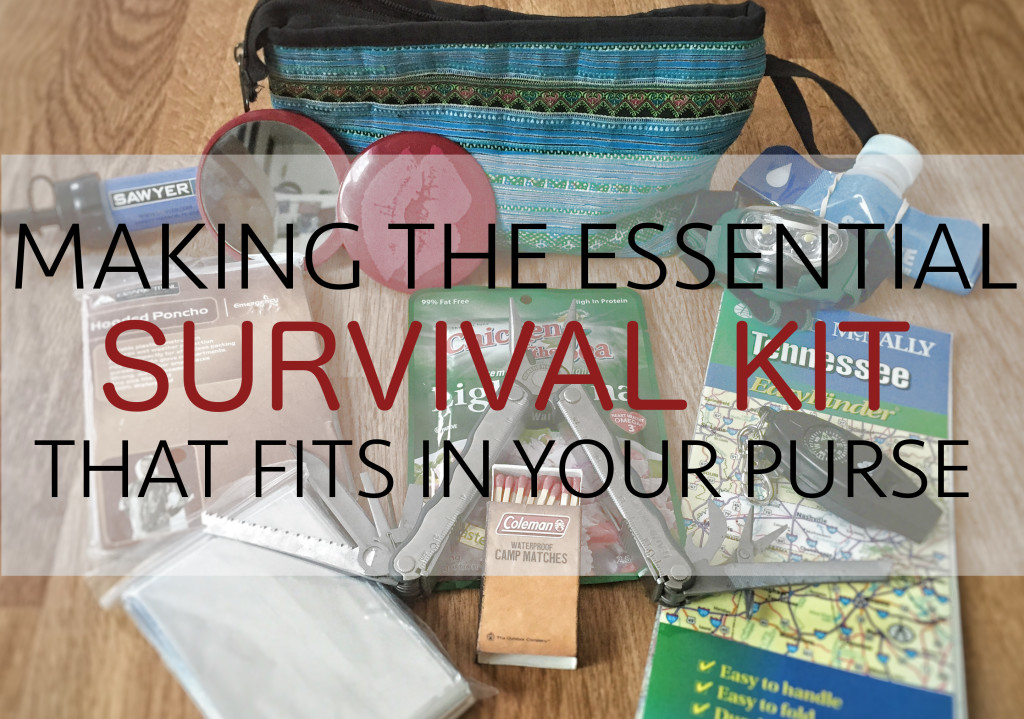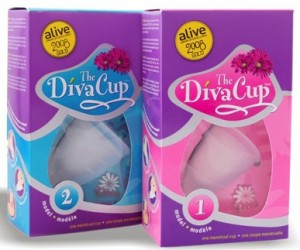As a woman, you are more likely to be the victim of a random attack than a man. It’s an unfortunate: Women are typically viewed as “weak” and an “easy target”. That is, until we arm ourselves, beat the crap out of our attackers, and change the stigma. Here are five self defense tools and weapons that can help you stay safe — and best of all, they cost less than $20.
5 Self Defense Tools Every Woman Should Own
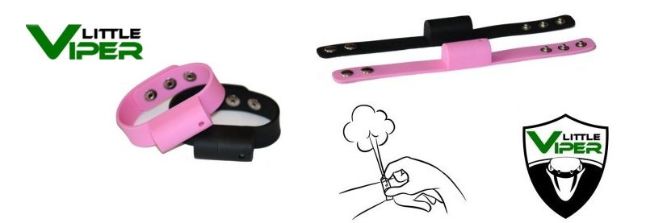
Pepper Spray Bracelet – I bought the Little Viper bracelet over a year ago for self defense protection while running, and I LOVE IT. I’ve always felt vulnerable when working out, even in my neighborhood. How many news stories have we heard over the year of joggers disappearing? I’ve also been attacked by dogs twice in the last five years, so I get extremely jittery whenever a dog barks in my direction.
I’ve worn the pepper spray bracelet way more than I thought I would! It’s a lot smaller than the normal bottle of pepper spray, making it easier to take with you. I generally keep mine in my car. If I’m going to be out late, I’ll tuck it into the front pocket of my jeans. And, when you’re wearing it on your wrist, it looks like a clunkier version of a FitBit.
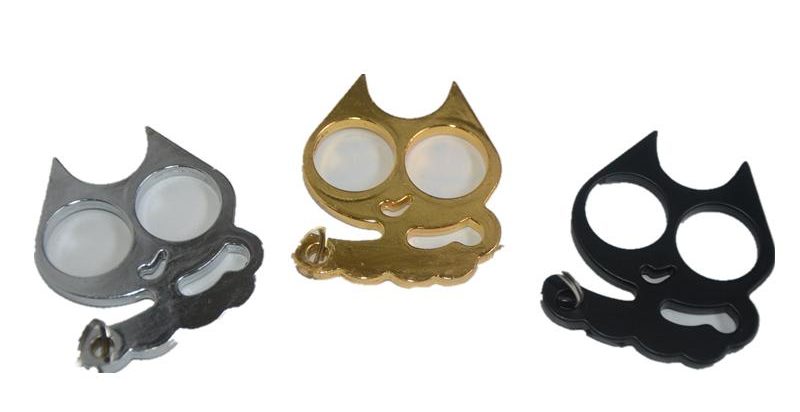
Cute-But-Deadly Kitty Brass Knuckle Keychain – A cute little accessory and conversation starter that can be deadly should you ever need it. (When you’re walking alone to your car, always keep your keys clenched within your fist to ward off a potential attacker.)
Similarly, there are self defense keys that turn into pocket knives, but I think those would take too long to employ in an emergency situation.
Personal Alarm – If pepper spray and brass knuckles are illegal where you live, pick up a personal alarm. Pressing the button will send loud, 110 siren that can be heard 600 feet away. Simply drawing attention to your attacker will often scare him off.
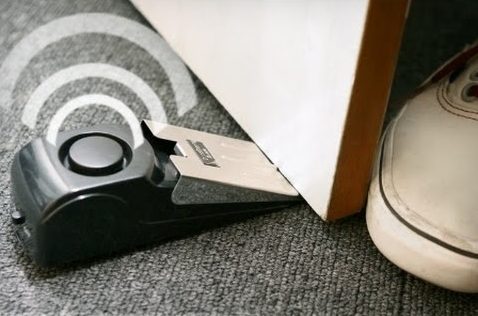
Door Stop/Door Alarm – If you travel and stay in hotel or hostel rooms alone, a door stop with a built in alarm is a simple way to prevent intruders. If someone breaks in, everyone within close range will hear it.
Silver Whistle Necklace – I love this because it’s a functional jewelry piece and a potential lifesaving device. It’s also easy to dress up with a nicer chain. There are a lot of crap ones on the market that don’t actually work, though. It’s best to try out in person or purchase from a reputable jewelry store.
Honorable Mention: StaySafe App – If you’re walking through a nefarious area, you can use the StaySafe App to alert your emergency contacts. You can “check in” when you’ve reached home, or safety. If you don’t check in, the app will send an alert providing your last location.
Honorable Mention: Bra-Stash – Yeah, I know, technically this isn’t a self-defense item, but it will keep your money and credit cards safe! I use my bra-stash whenever I’m traveling abroad, or if I’m out and don’t want to carry my purse.
Another tip: It’s VERY snug if you hook it to the front of your bra, and visible underneath clothing. I usually hook it off to the side, under my arm, or onto the side of my underwear.
Additional Self Defense Tips
Arm Yourself At Home
Every woman living alone (or with a roommate) needs at least a 22-caliber pistol to ward off potential intruders. Keep it within arm’s length of wherever you sleep.
If owning a gun isn’t an option, keep a baseball bat or pepper spray gun near your bed or between your bed and nightstand.
Take a Self Defense Course
I highly, highly recommend taking a martial arts or self defense class. It will give you hands-on experience from close range attacks, plus confidence that can be detected by potential attackers when you walk by.
Self defense courses are not as expensive as you think – Groupon frequently has deals and discounts.
Stay Alert
All of the self defense weapons in the world won’t prevent an attack, but staying alert can help. Being distracted on your cell phone or hesitating to search for your keys makes you a target. Find your keys before exiting. Do a quick survey of the parking lot as you walk out. Check the inside of your car before you get in; get in quickly and immediately lock the door.
Please check state laws.
